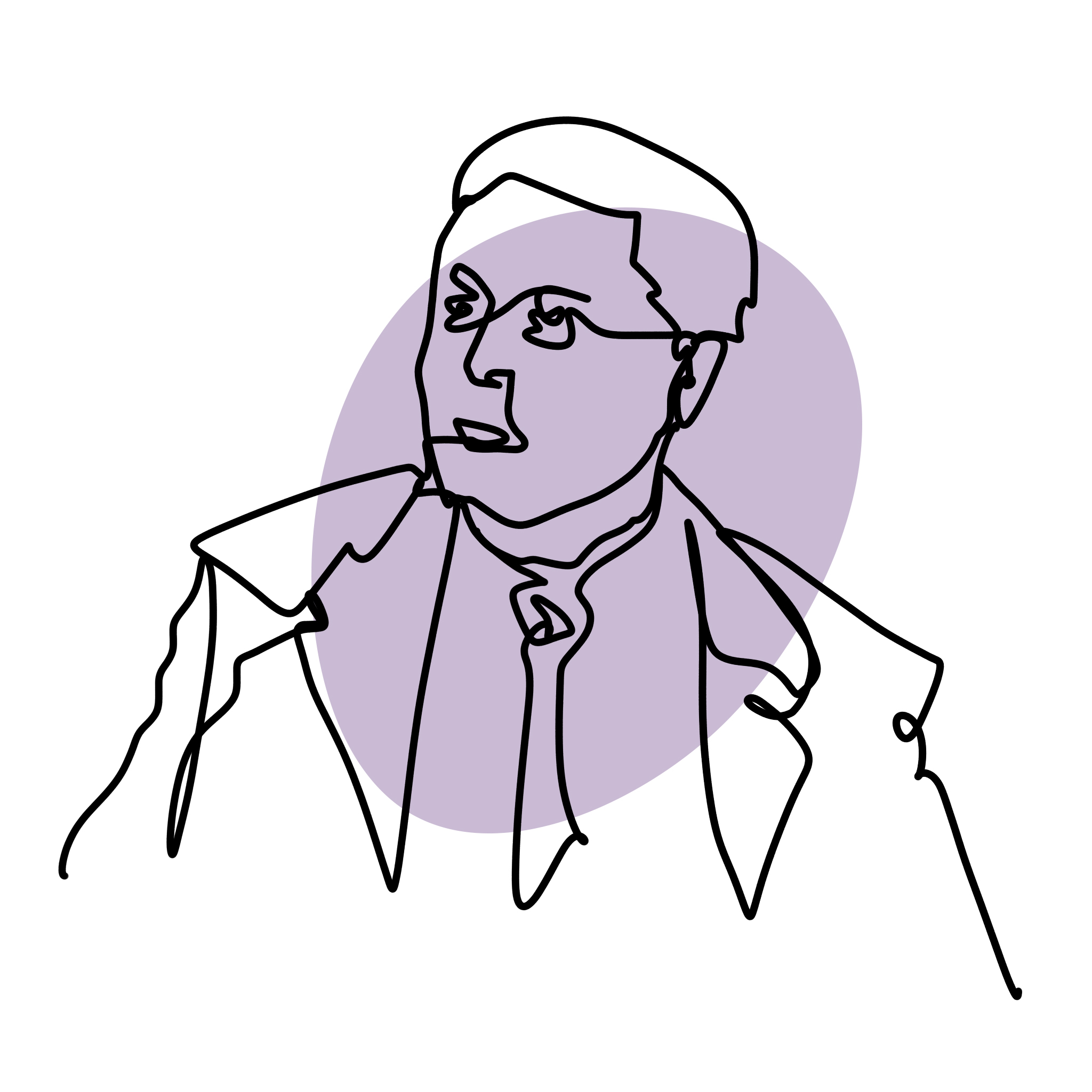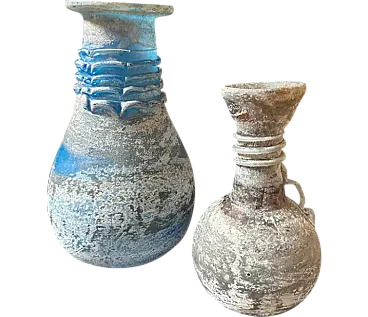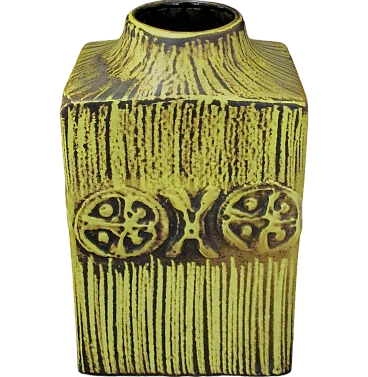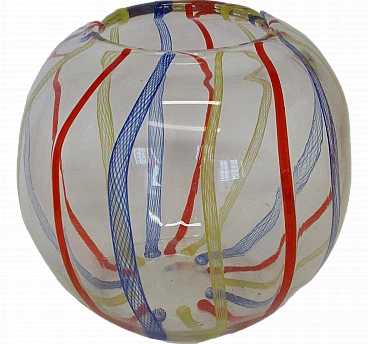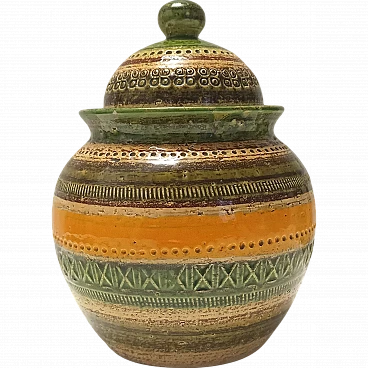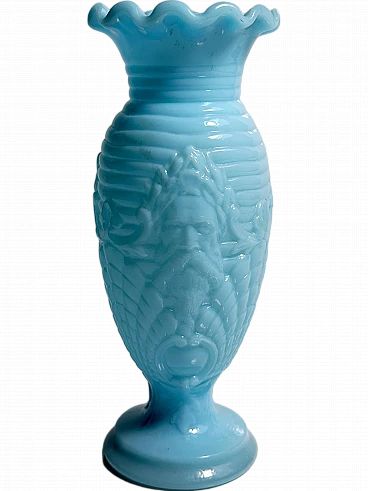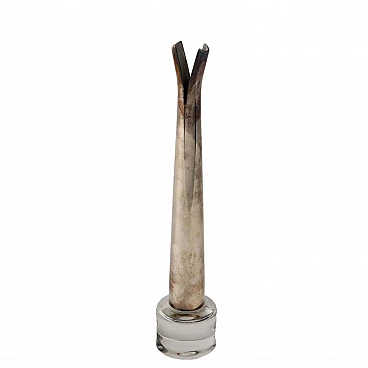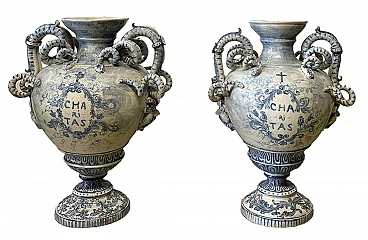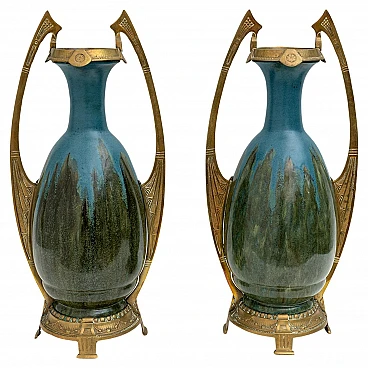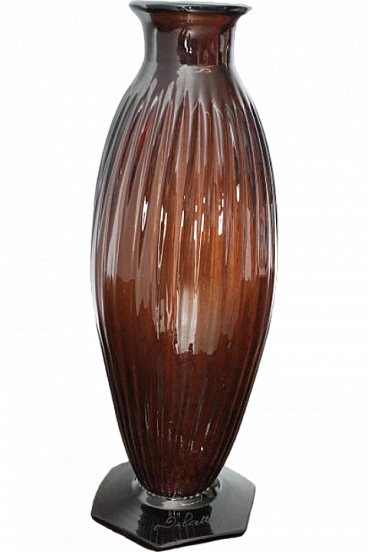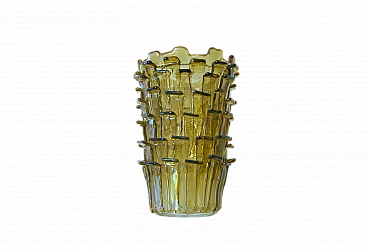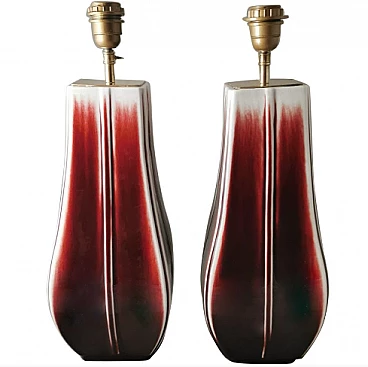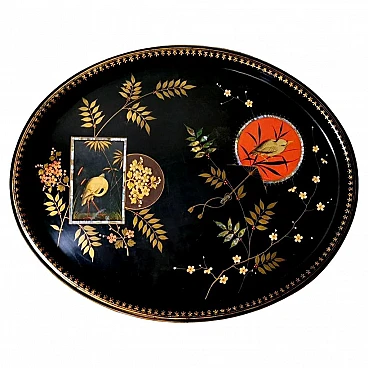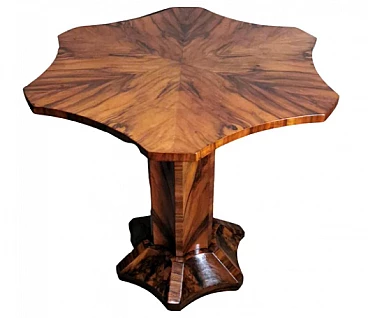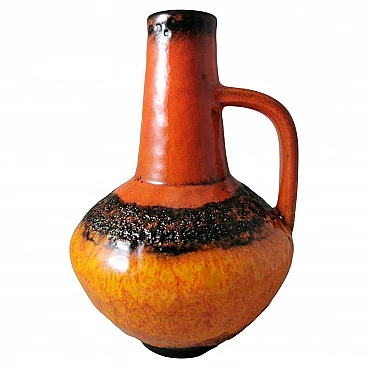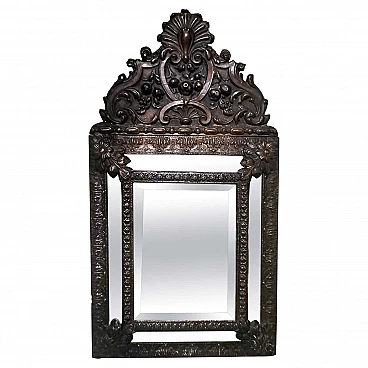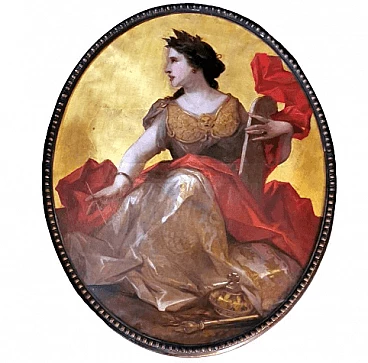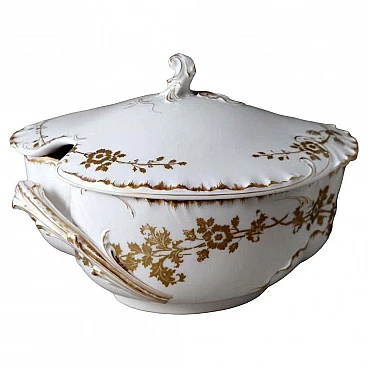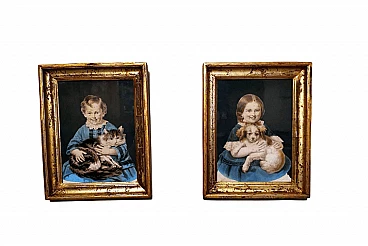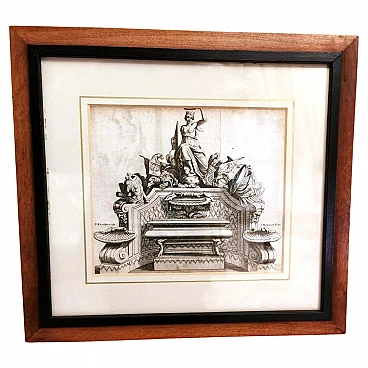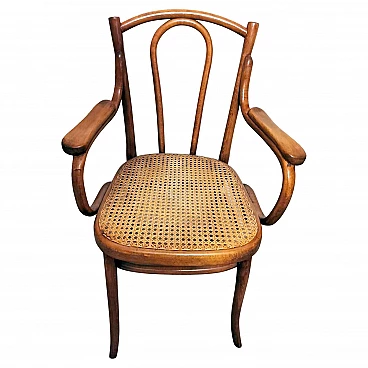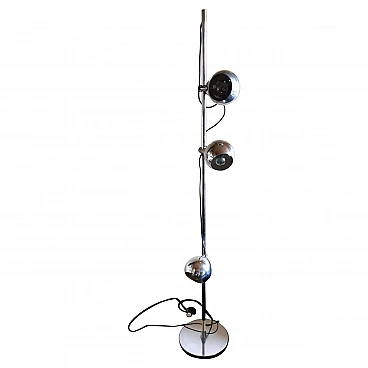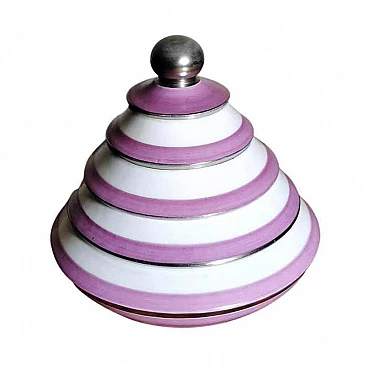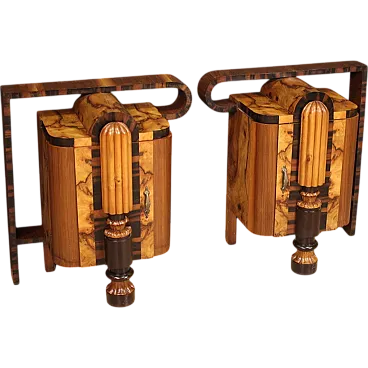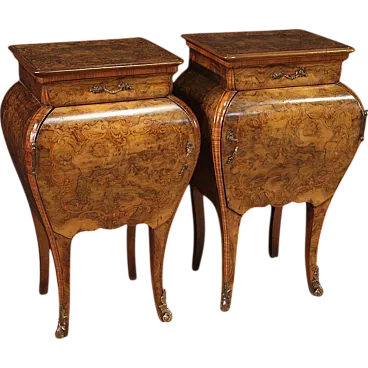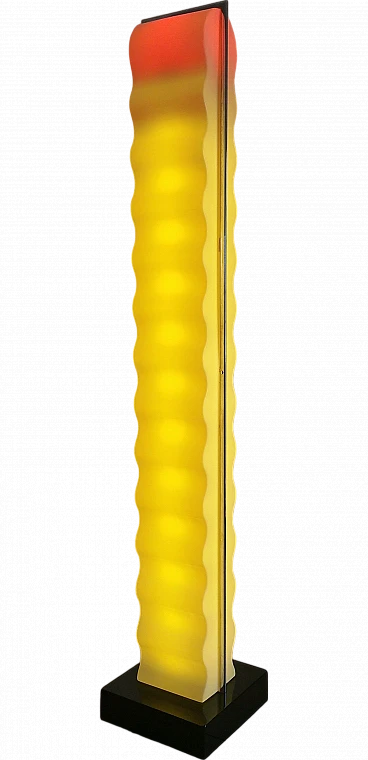Before describing the object under examination, we must make an important clarification; the artefact, one of many that we will publish over time, is part of the museum collection of a historic Florentine mill that unfortunately closed recently. It is the Marcello Galgani & Figlio company, whose completely manual and artisanal work has not withstood the disproportionate advance of mass mechanical processes! Marcello Galgani began his craftsmanship as a grinder and restorer in 1960; over the years, Marcello mastered and became familiar with special techniques and shapes, creating objects that manage to retain the freshness of grinding and engraving, the warmth and softness of light and the inimitable flavour of unique artefacts. After several years, their son Lorenzo, who grew up among crystals, also joined the business and immediately became passionate about this ancient craft with skill and ability. Stimulated by the aesthetic sense of the past, father and son set up a workshop in which the shapes they themselves researched and created were mouth-blown by traditional Tuscan glassmakers in Empoli, then ground and engraved according to ancient 16th-century techniques, with motifs born from the inexhaustible imagination of the Galgani family or culturally inspired by the am designs of objects seen and studied in Florentine museums (Up&Up, Galleria Palatina, Museo degli Argenti, etc.). As mentioned, the company recently closed and disposed of all its last production; only the old collection in Marcello's private museum remained, comprising unique and special objects created over time, a collection that the craftsman made available to us for a planned sale. All the objects were made entirely by hand with old grinding wheels, but there were mainly two tools that enabled the creation of masterpieces: the right hand and the left hand of the master craftsman. For all ground and engraved products, ancient glass processing techniques were used: first the object was ground with an emery wheel fed continuously by a jet of abrasive sand and water, then it was re-polished with a very fine-grained sandstone wheel also fed with water; the engravings were done freehand using as many as 10-15 small stone wheels for each design (flowers, branches, animals, etc.); finally the object was polished and honed. We must make, at this point, an important clarification on these last two operations: towards the end of the 1960s, acid crystal polishing was invented, the object was immersed and rotated in a solution of sulphuric acid, fluoridic acid and water, and in a short time all the defects left by the previous processes were eliminated; it was a fast and industrial operation that allowed costs to be considerably lowered, with discreet but not excellent results. But for Galgani's products, polishing was carried out with a cork bark wheel wet with water and pumice to make the surfaces more transparent; finally, polishing was achieved with a felt wheel wet with a paste of water, iron oxide and cerium oxide. This series of processes takes an average of two days of work (sometimes much longer) for each object; each engraving or grinding is the result of the creative inventiveness of the two craftsmen, an inventiveness that transforms crystal into a material reality of the highest aesthetic value and inestimable worth. All the objects in the entire collection have never been used; they were part of the exhibition. A large blue and amber vase in Art Deco style; the vase was produced in a kiln in Empoli (Italy) using the "incamiciatura" technique, which consists of superimposing one or more successive layers of glass of various colours on the mass of glass in the first stage of manufacture; in our vase the amber mass was superimposed on the blue colour; subsequent cutting and grinding revealed the amber colour underneath, creating an unparalleled work of art; Maestro Marcello personally ground the horse figure with exceptional artistic dexterity, then sandblasted to improve the depth of the grinding. The complex manufacturing stages took 7 days to complete. The object was created in Marcello Galgani's workshop in 1984 and manufactured using the techniques (grinding, engraving and polishing) we explained in the introductory description. Only two examples of this object are available. It measures 23 cm in diameter and 33 cm in height. The vase is in excellent condition. For all our shipments we use special packaging materials (wooden crates, polystyrene, etc.) to ensure maximum protection and safety of the objects.
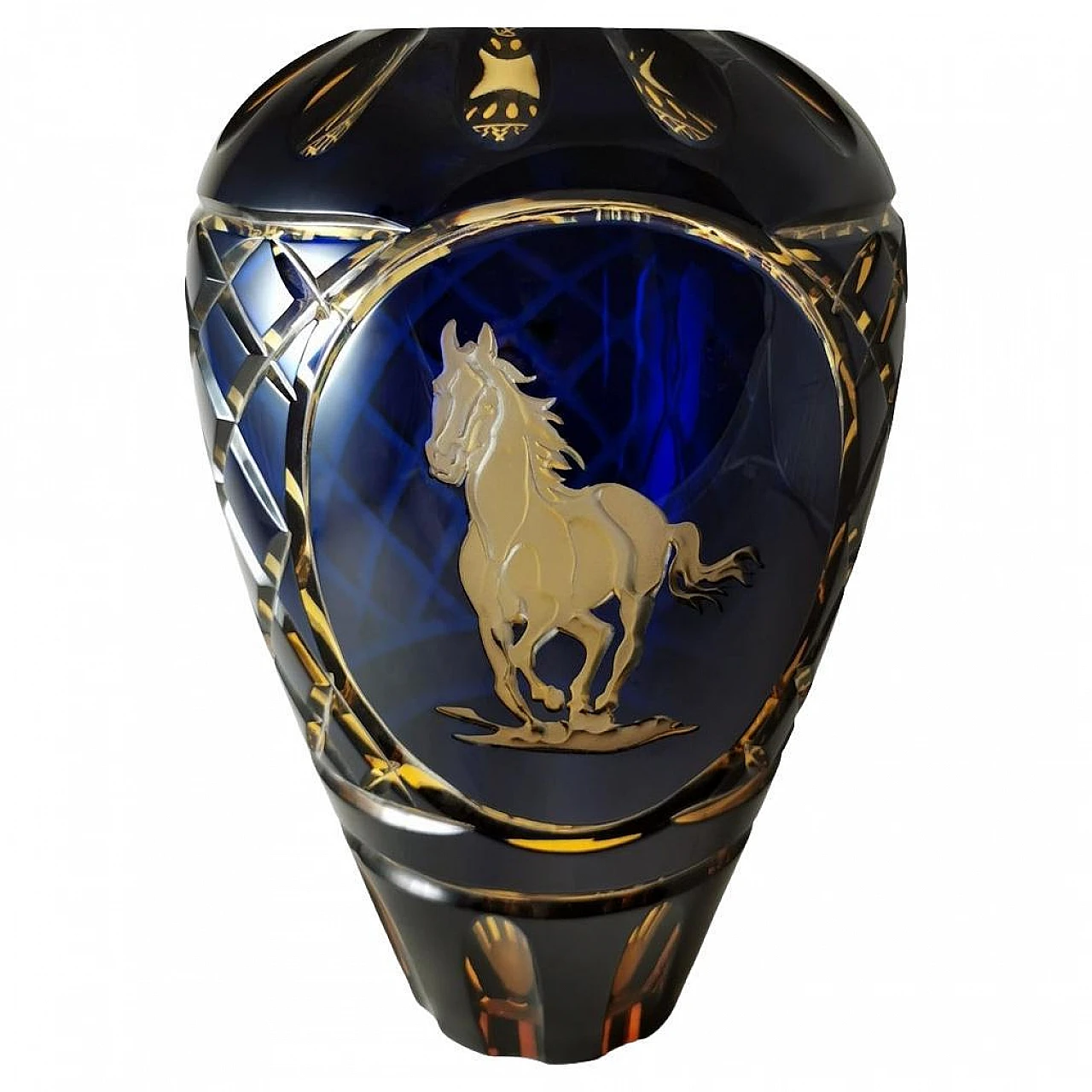

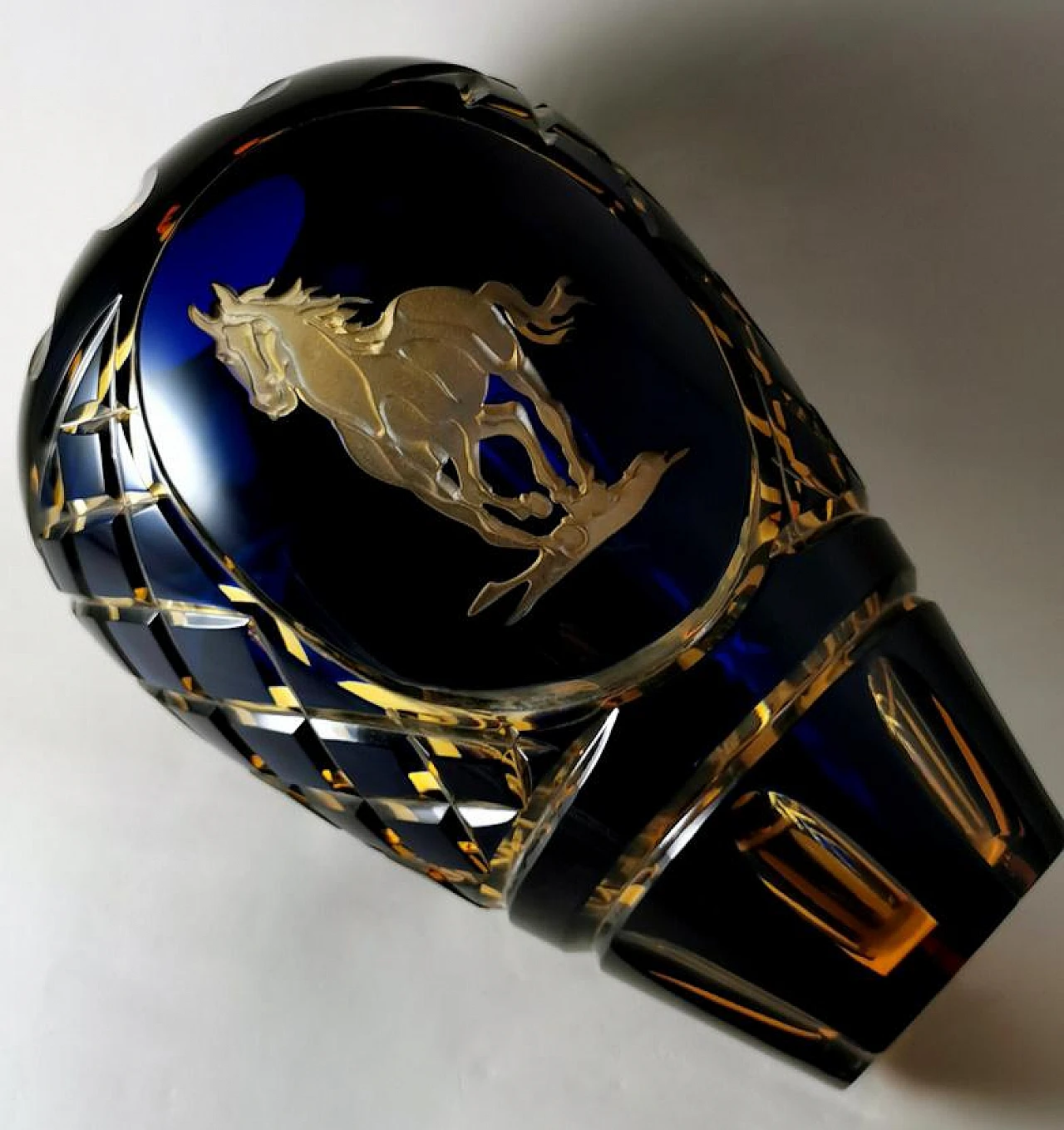
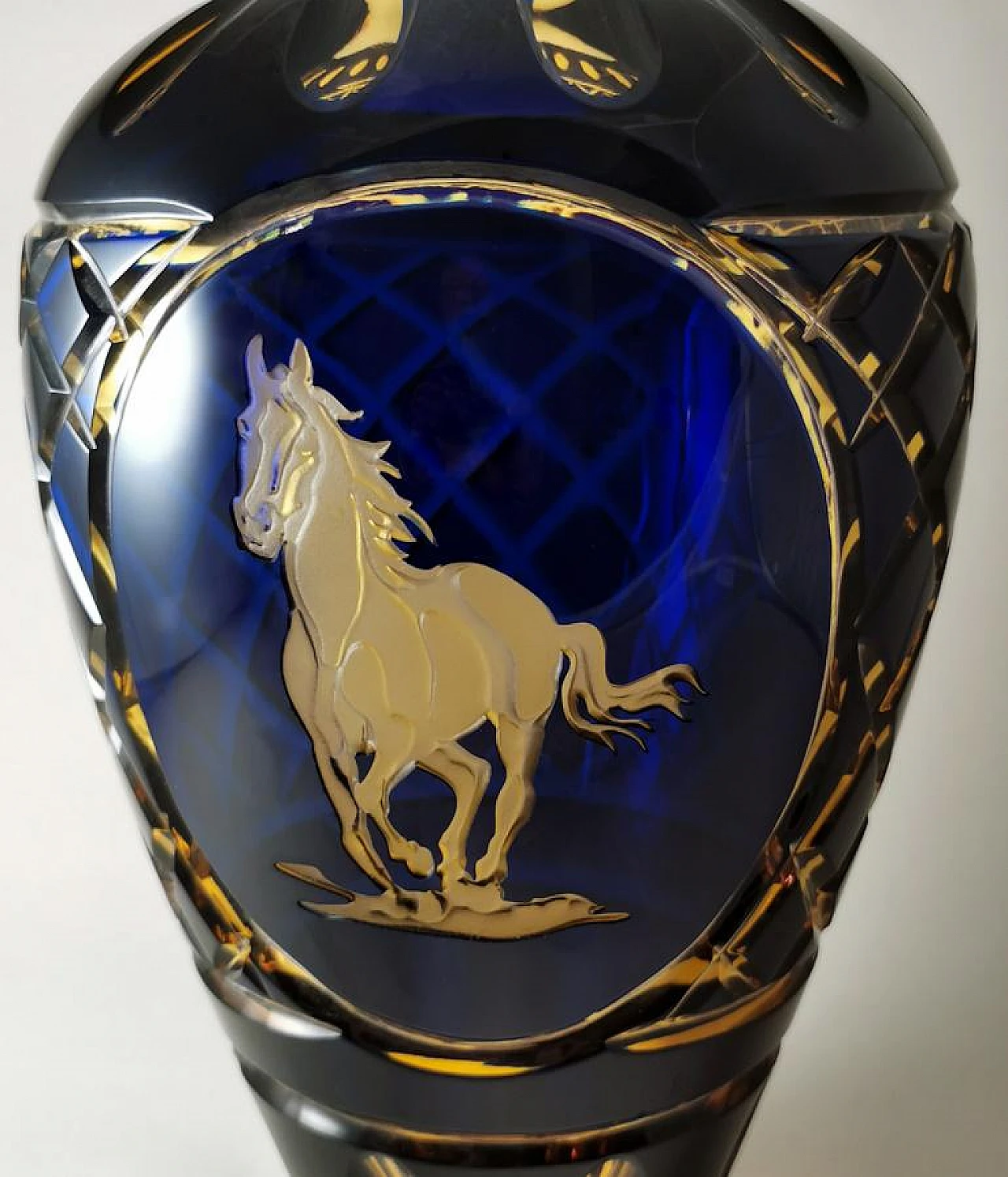
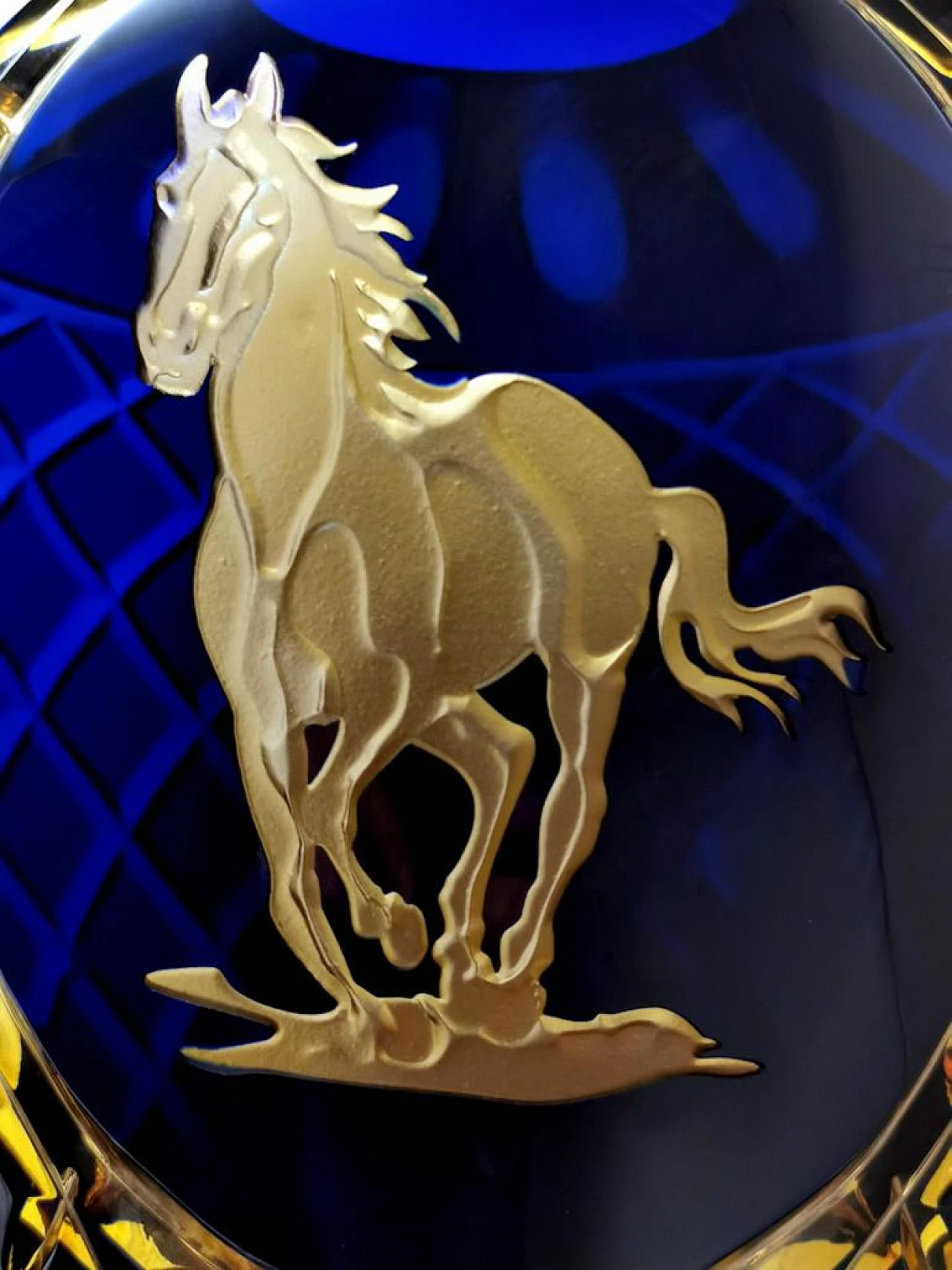
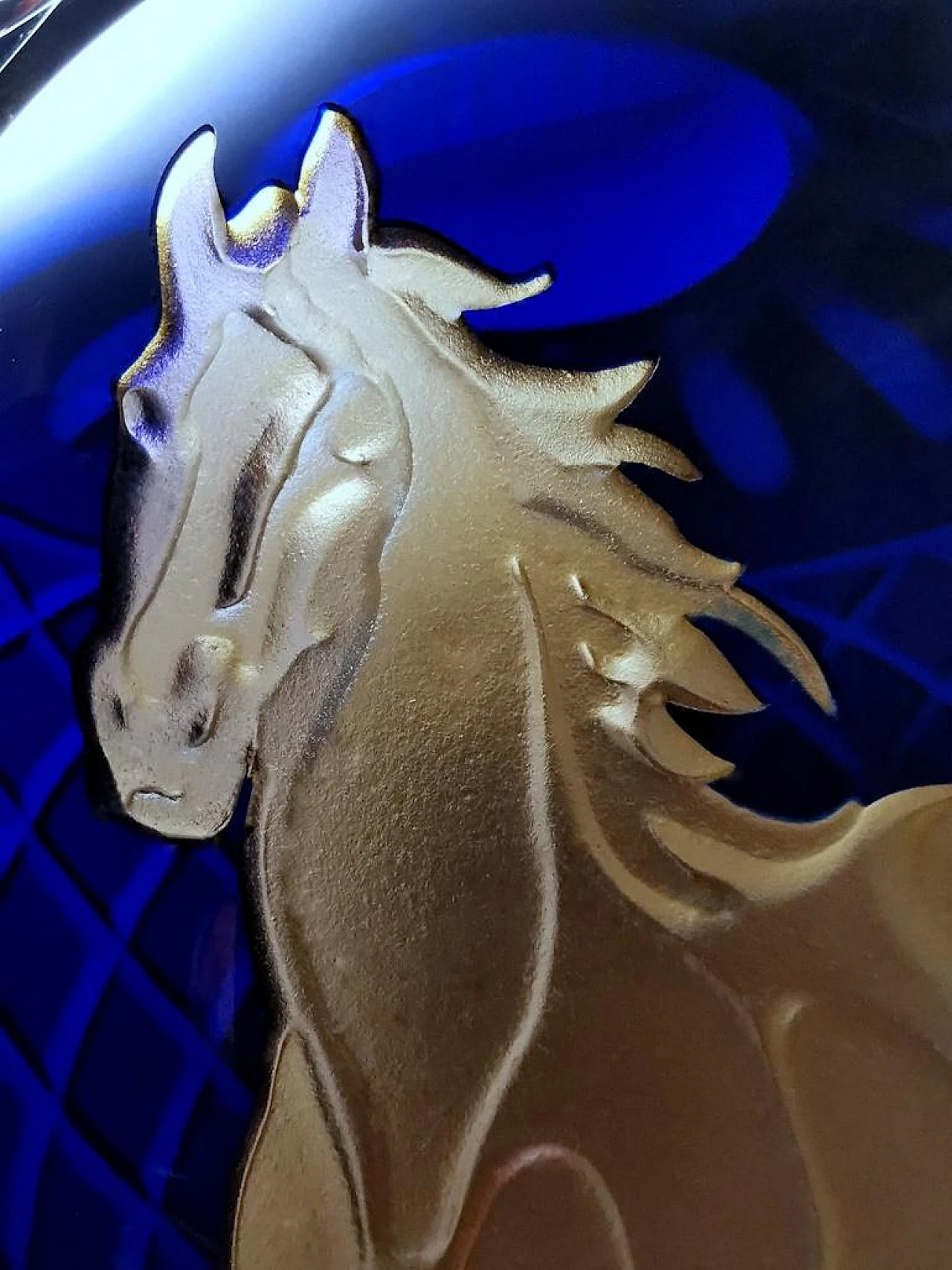
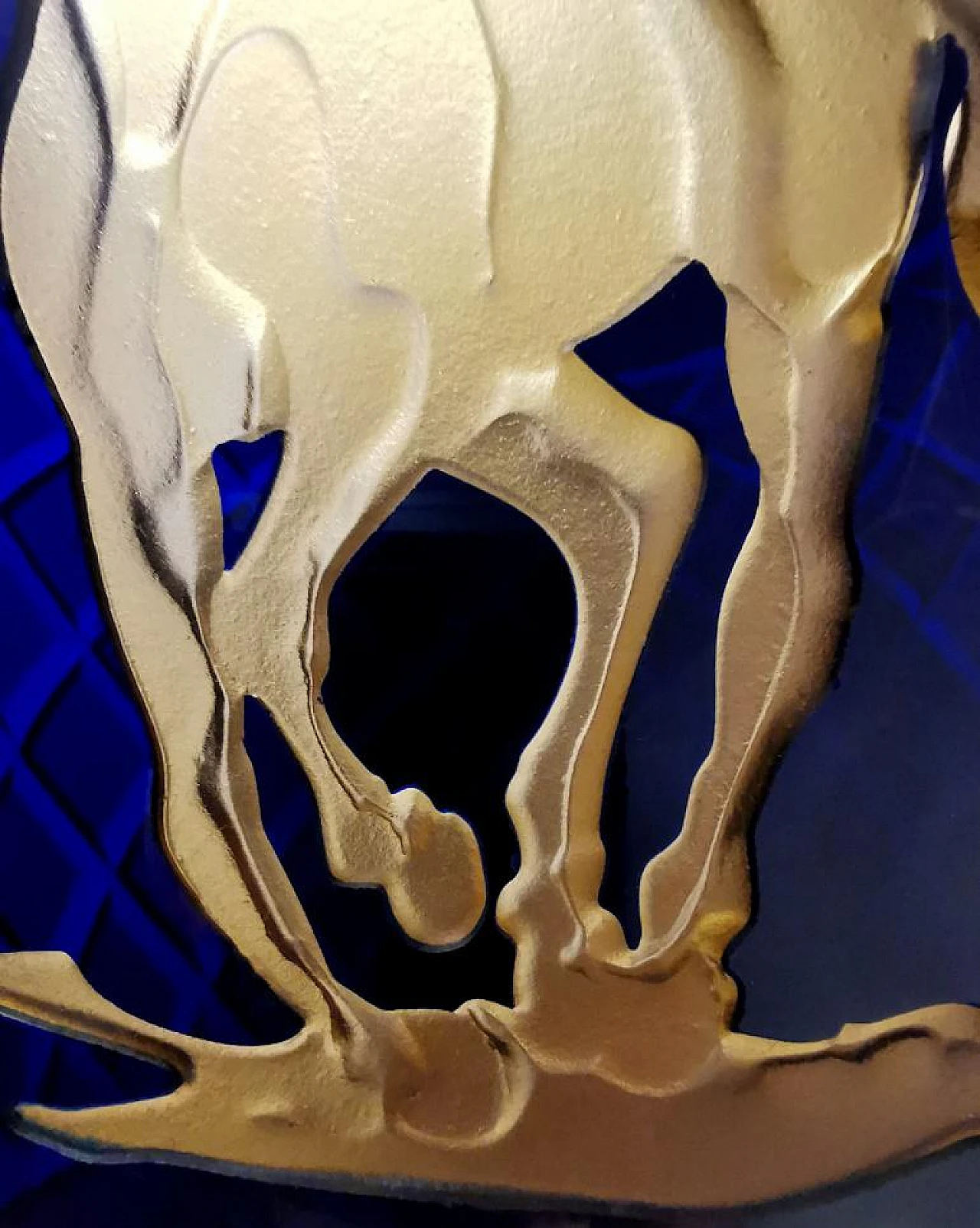
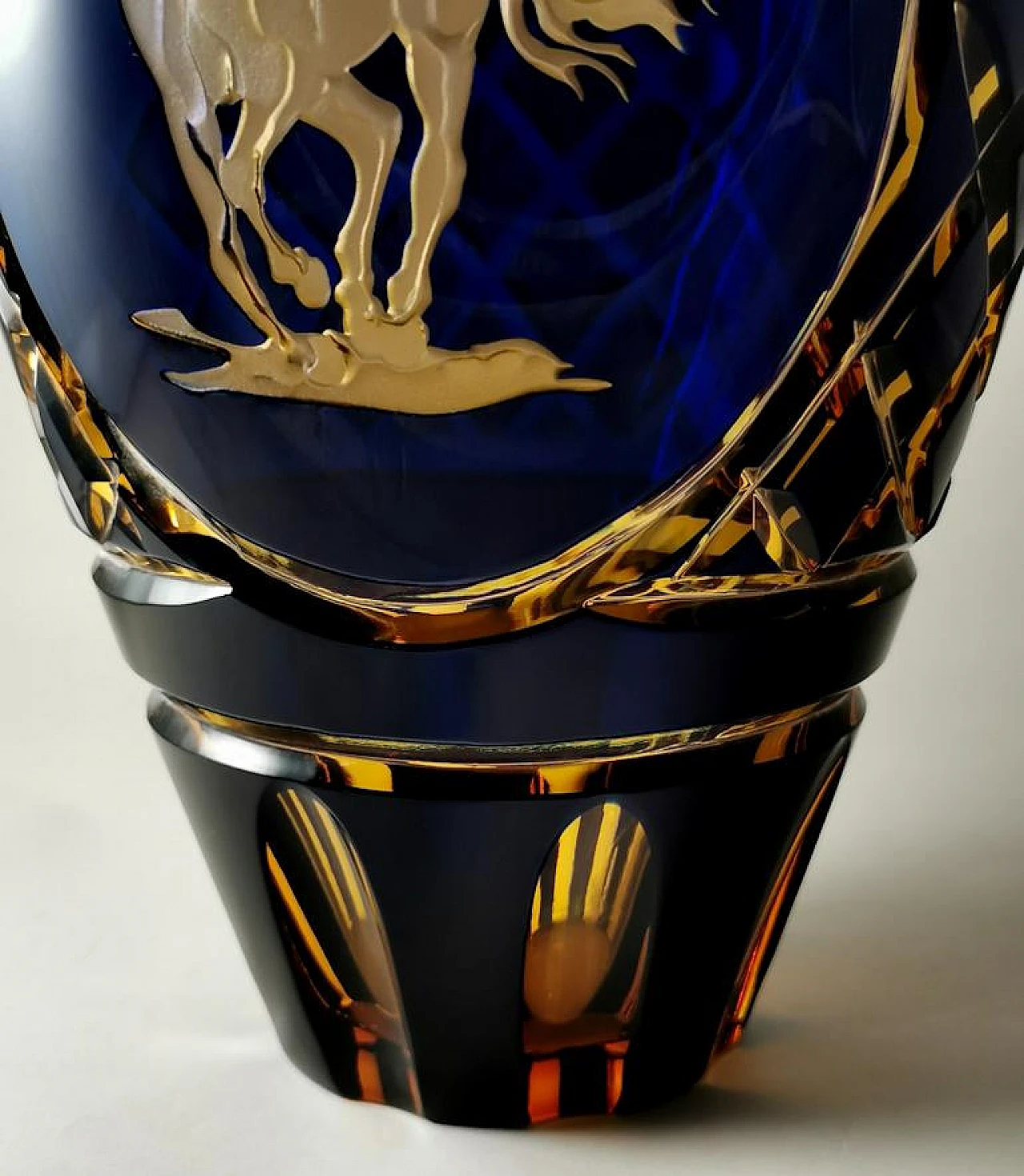



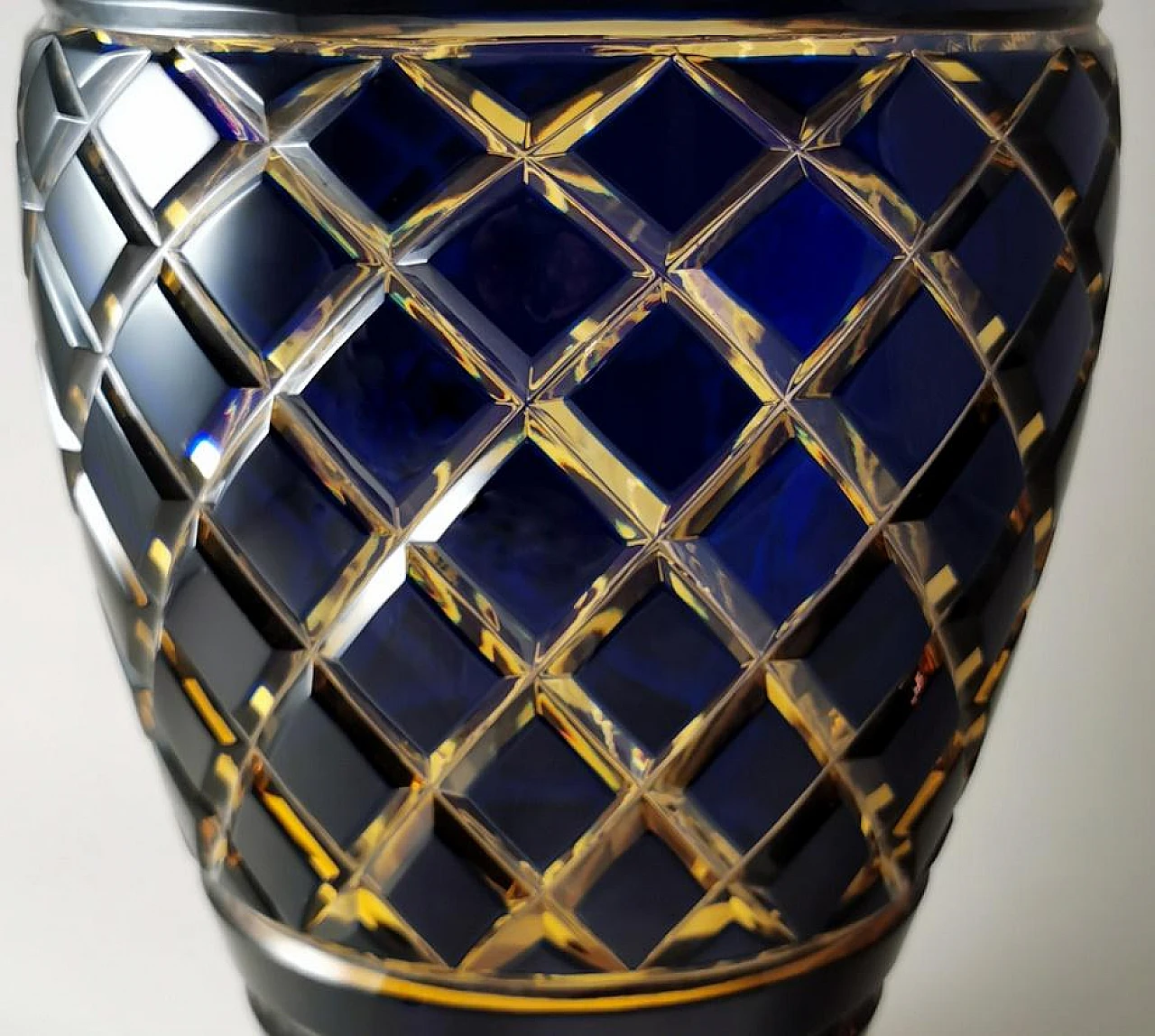

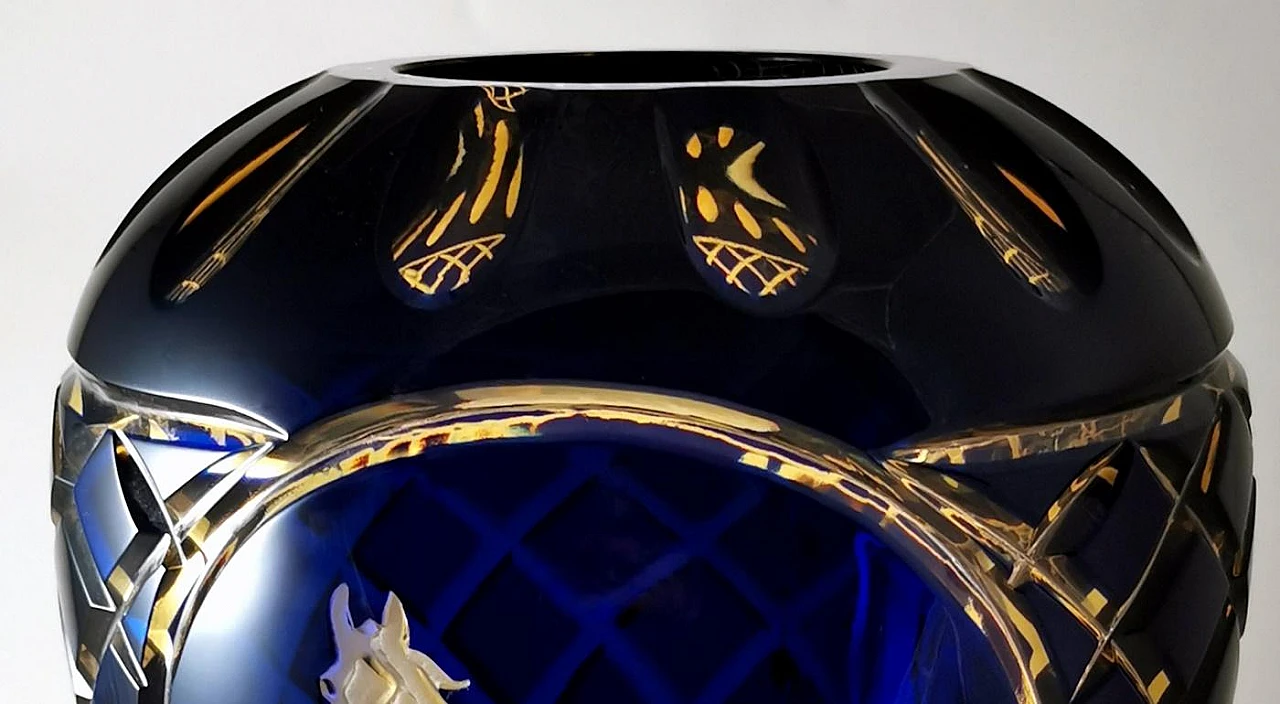
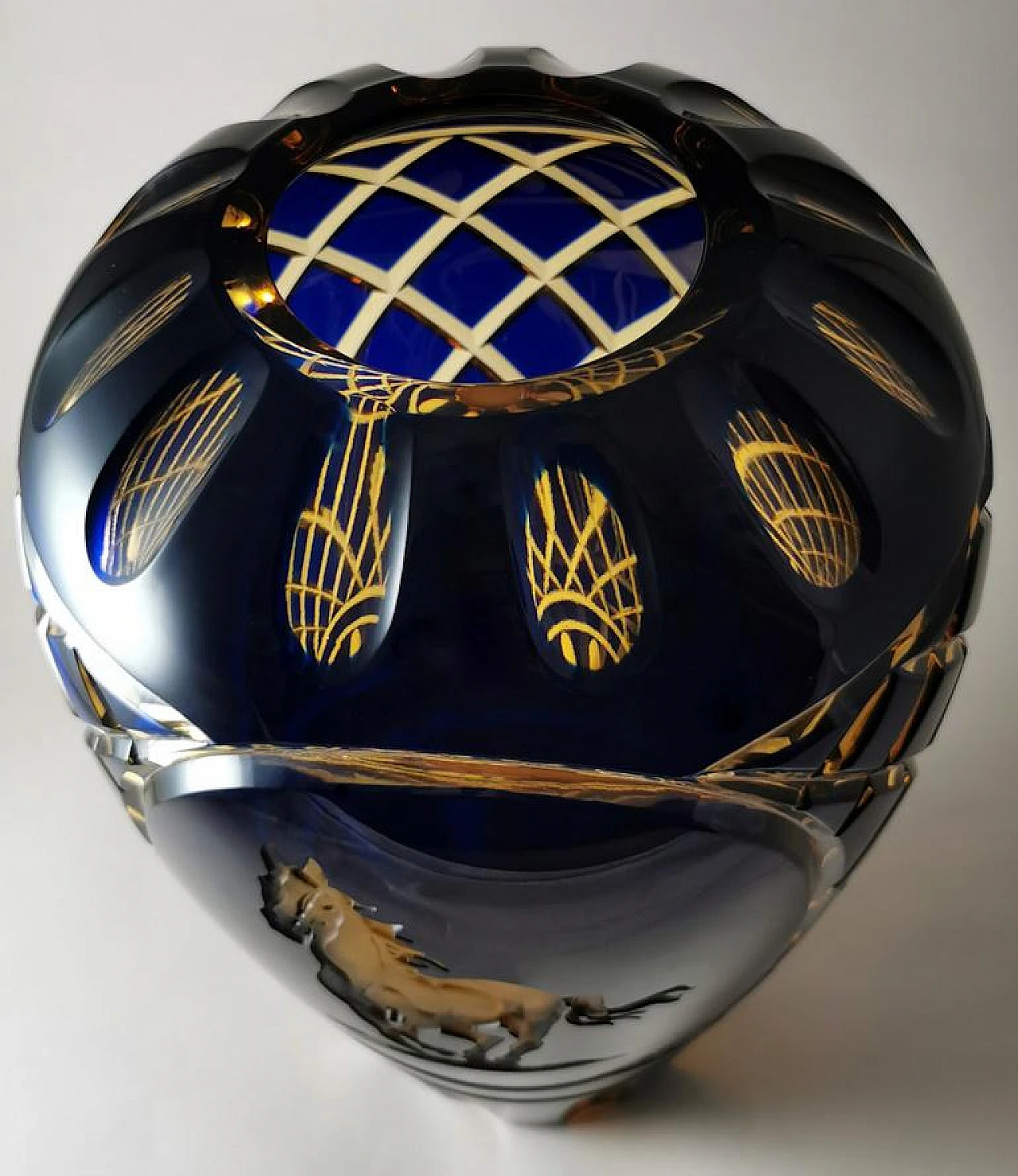
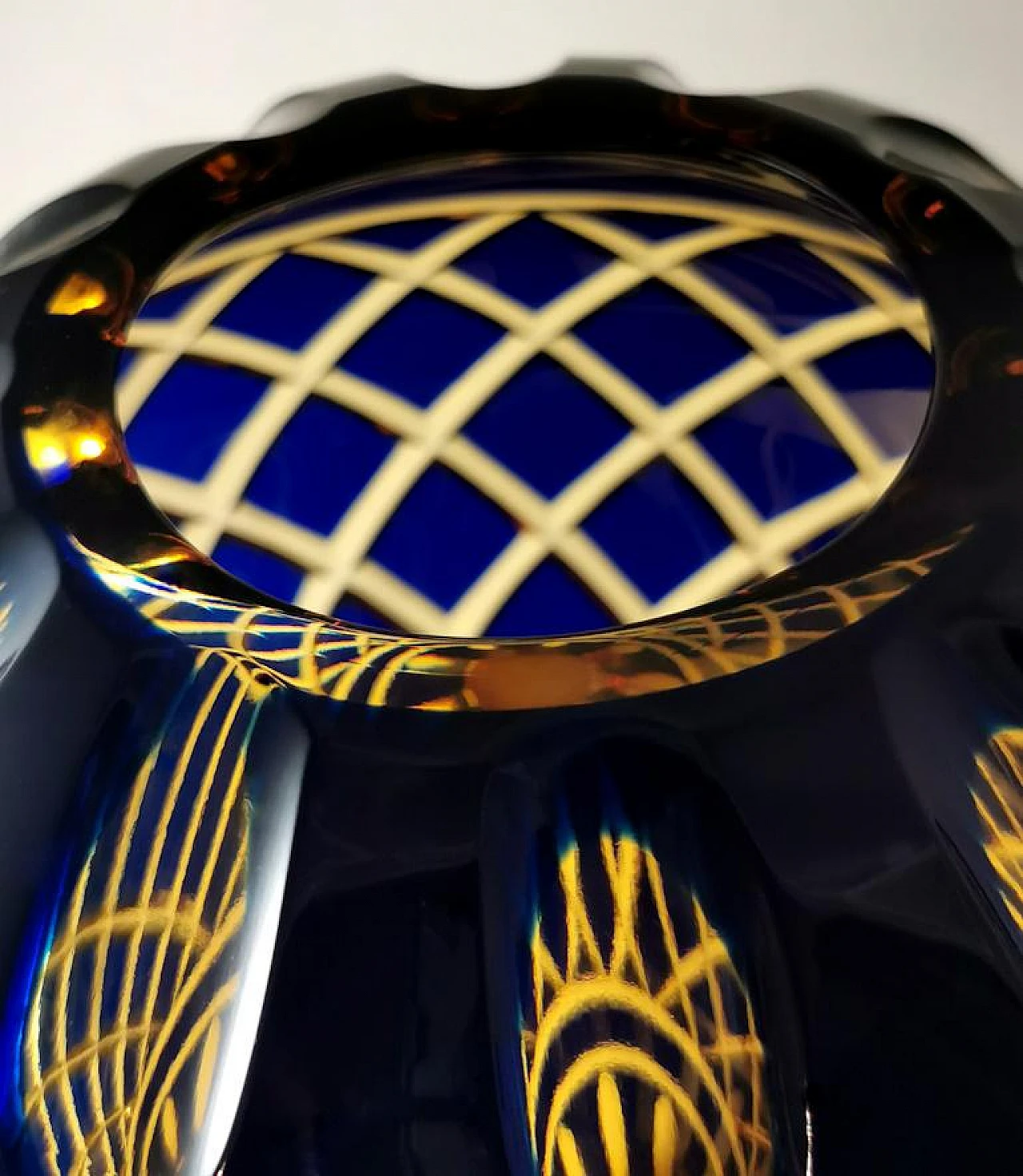


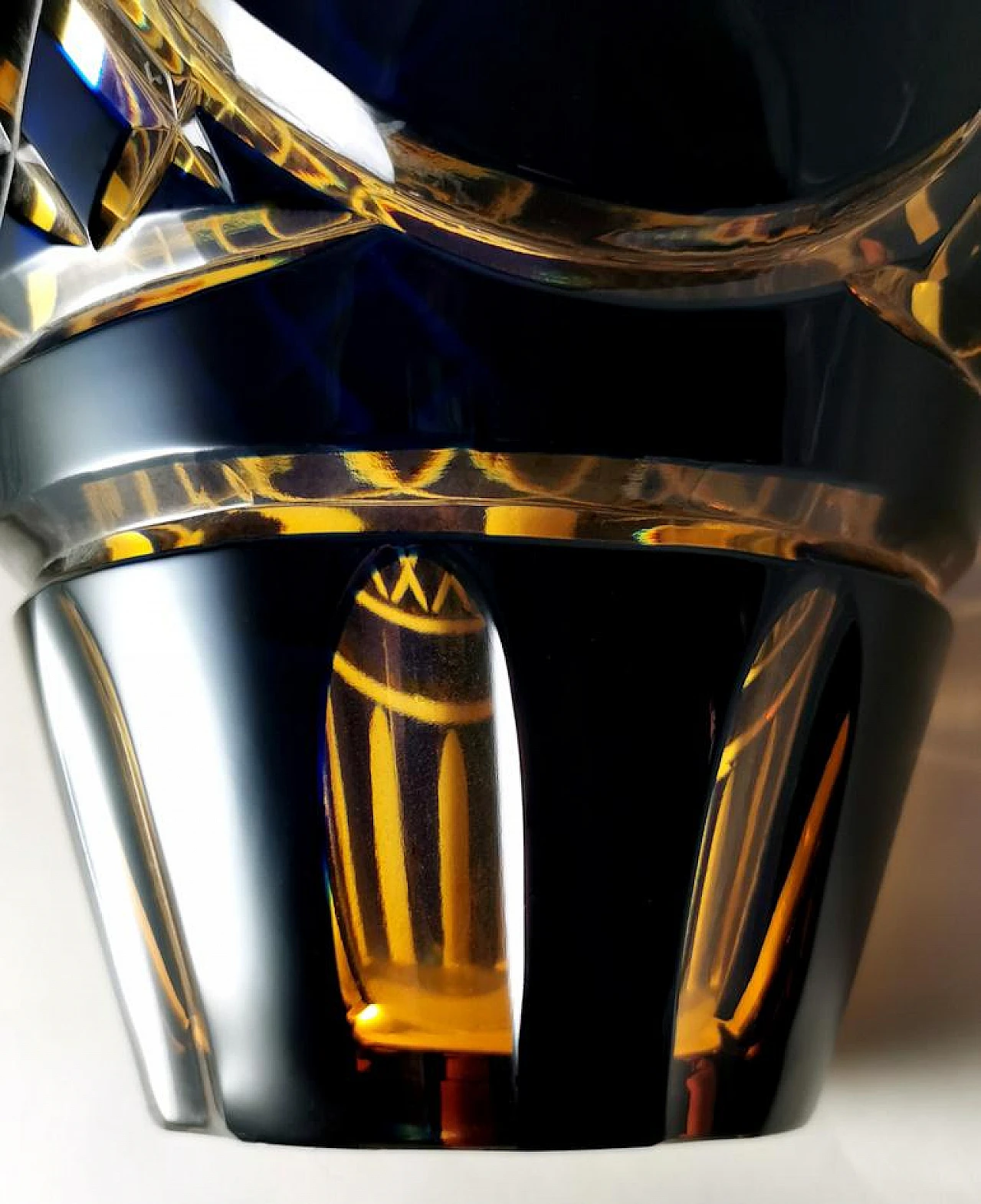

 SILVER Seller in Prato, Italy
SILVER Seller in Prato, Italy






.png)



